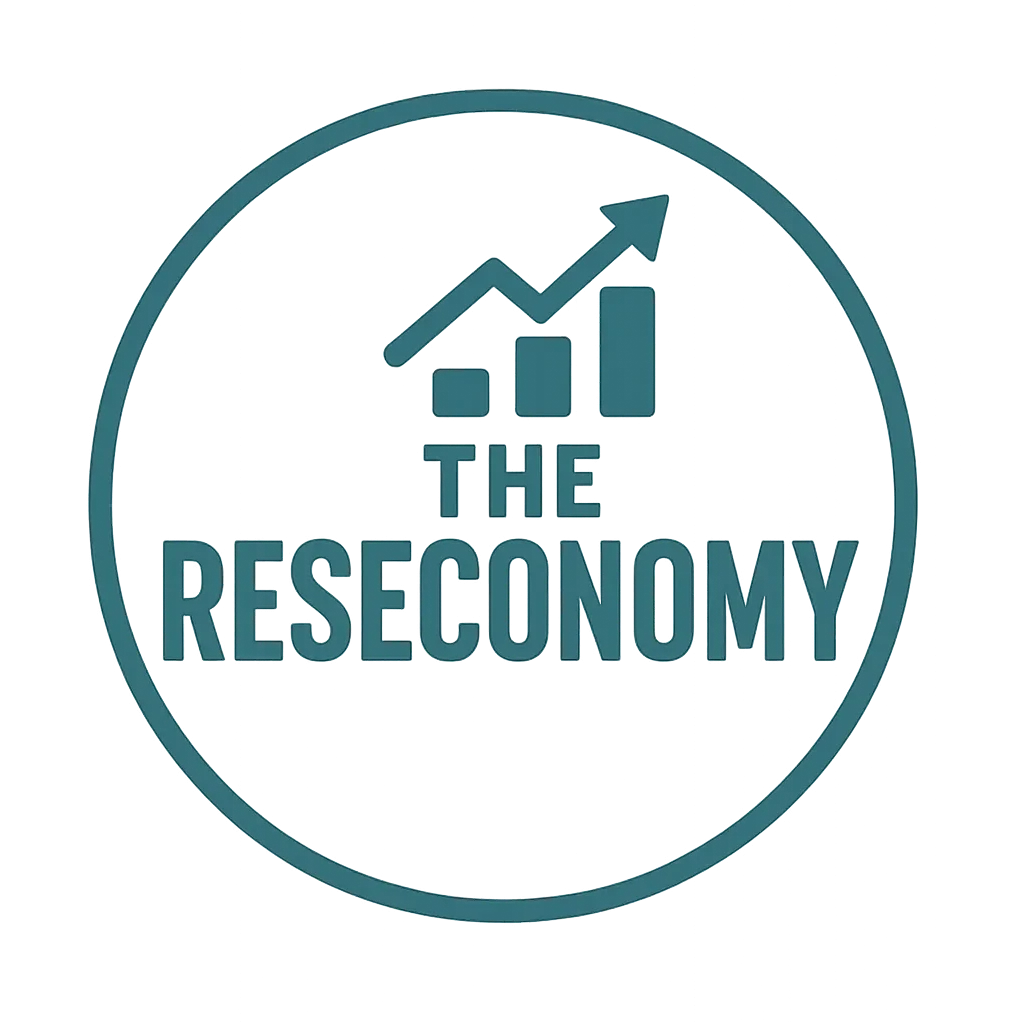Words don’t just describe reality—they shape it. The right terminology can reframe industries, redefine categories, and create cultural movements. Intentional Terminology Shifts is the strategic practice of using language to:
- Change how people perceive a product or idea
- Influence behavior at scale
- Position brands as pioneers
This deep dive explores:
- The neuroscience behind terminology’s power
- How to identify high-impact language opportunities
- 5 proven patterns for market-moving terminology
- Step-by-step framework for executing strategic shifts
1. Why Terminology Controls Markets
A. The Linguistics of Reality Construction
- Sapir-Whorf Hypothesis: Language shapes thought (e.g., Inuit languages have 50+ words for snow, altering perception)
- Neural Pathways: Familiar terms trigger existing associations; new terms force cognitive reappraisal
- Market Example:
- “Global warming” → “Climate change” (Broader emotional impact)
- “Used cars” → “Pre-owned vehicles” (Value perception shift)
B. The 3 Psychological Levers of Terminology
- Association Transfer: Borrow prestige from other domains (e.g., “cloud computing” borrowing from nature’s purity)
- Emotional Priming: “Collateral damage” vs. “civilian deaths”
- Conceptual Packaging: “User-generated content” → “Authentic community storytelling”
2. How to Spot Terminology Opportunities
A. Linguistic Audits (What to Look For)
- Stigmatized Terms: Words with baggage (e.g., “processed food” → “meal solutions”)
- Overused Jargon: Terms that lost meaning (“disruption,” “innovation”)
- Undefined Spaces: Emerging trends needing naming (“Web3,” “quiet luxury”)
B. The 5-Terminology Opportunity Matrix
| Current Term | Problem | Opportunity |
|---|---|---|
| “Customer service” | Feels transactional | “Member success” |
| “Budget airline” | Signals cheapness | “Essential travel” |
| “AI assistant” | Dehumanizing | “Digital collaborator” |
3. 5 Proven Patterns for Market-Moving Language
Pattern 1: Prestige Borrowing
- Mechanism: Import terminology from higher-status domains
- Examples:
- “Financial engineering” (from STEM)
- “Curation” (from museums → retail)
Pattern 2: Euphemism Escalation
- Mechanism: Soften negative perceptions
- Examples:
- “Death tax” → “Estate tax”
- “Spam” → “Direct outreach”
Pattern 3: Active Recontextualization
- Mechanism: Take a mundane term and give it new meaning
- Examples:
- “Agile” (from sports to software)
- “Streaming” (from rivers to media)
Pattern 4: Neologism Creation
- Mechanism: Invent new words for new paradigms
- Examples:
- “Metaverse” (Meta)
- “Freemium” (Jarid Lukin)
Pattern 5: Literal to Lyrical
- Mechanism: Replace functional terms with emotional ones
- Examples:
- “Database” → “Customer memory cloud“
- “Bug fix” → “Experience refinement“
4. Execution Framework: How to Shift Terminology
Step 1: Mine the Linguistic Landscape
- Tool: Google Ngram Viewer (track term popularity over centuries)
- Tactic: Identify rising/falling terms in your industry
Step 2: Test Emotional Impact
- Method:
- Show Group A: “Tax preparation“
- Show Group B: “Financial empowerment“
- Measure emotional response (fMRI or galvanic skin response studies)
Step 3: Create a Terminology Migration Plan
- Phase 1: Seed the term in thought leadership
- Phase 2: Equip sales teams with new language
- Phase 3: Update all customer touchpoints
Step 4: Accelerate Adoption
- Tactics:
- Wikipedia edits (seriously)
- Industry glossary contributions
- SEO hijacking (bid on old terms but link to new definitions)
5. Real-World Examples of Terminology Warfare
A. Military → Tech (How Silicon Valley Weaponized Language)
- “Patches” → “Updates“
- “Vulnerabilities” → “Opportunities“
B. Big Tobacco’s Playbook
- “Cigarettes” → “Tobacco sticks” → “Freedom units“
C. Crypto’s Reinvention
- “Digital cash” → “Decentralized finance“
6. When Terminology Shifts Backfire
❌ Overreach: “Uber for X” became meaningless
❌ Cultural Tone-Deafness: “Surge pricing” vs. “Dynamic fairness“
❌ Premature Adoption: “Web3” before infrastructure existed
Conclusion: Language as a Competitive Weapon
The companies that define terms define markets. Your next competitive advantage might not be a feature—it could be a single word change that reframes everything.
Final Challenge: What’s one term in your industry that’s begging for reinvention?
If you find the content on this website valuable, please consider supporting our work by picking up one of our comprehensive, no fluff, guaranteed worth the 10 bucks, guides at WhatIfPhilosopher.com
